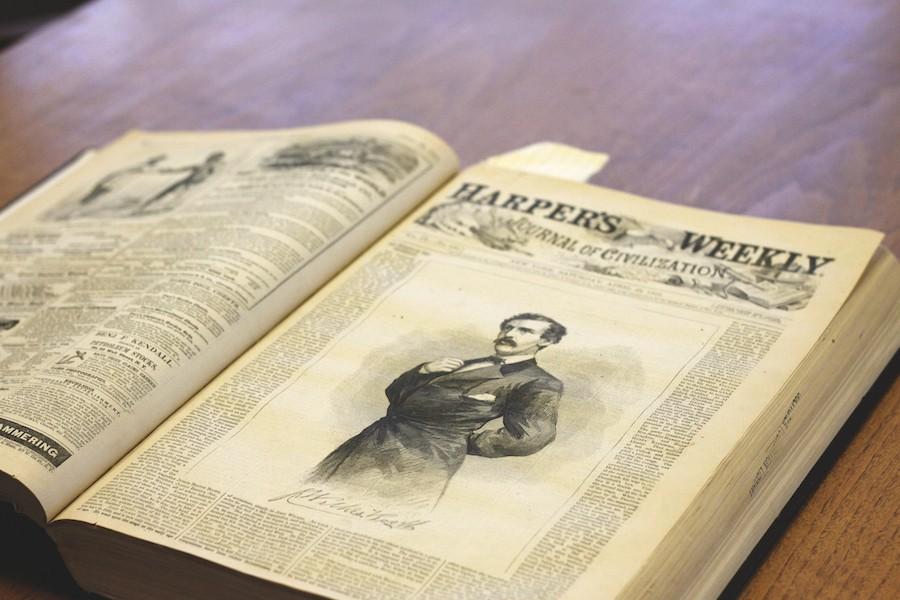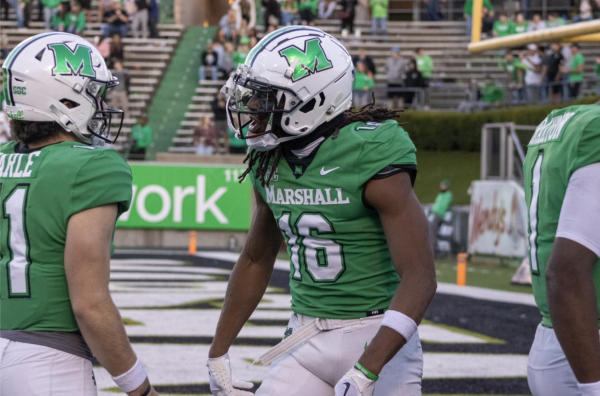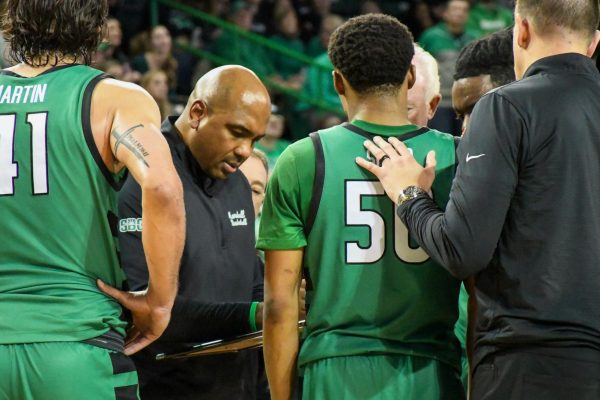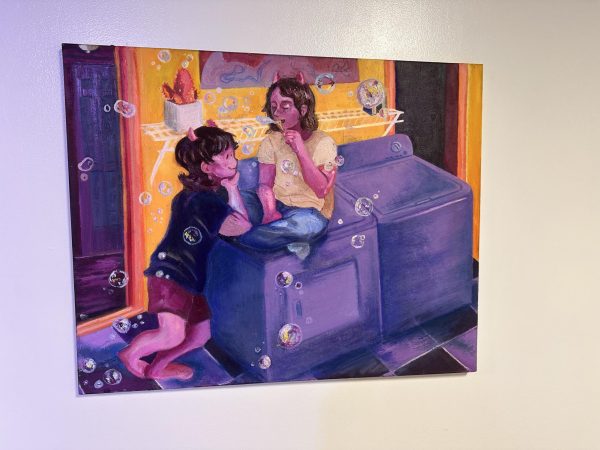Morrow Library receives Civil War era documents
Many documents from the Civil War Era, including collected editions of Harper’s Weekly, are now on display at the James E. Morrow Library.
Special collections in the James E. Morrow Library has received two new collections dated before, during and after the Civil War era.
Marshall University received one collection from the Stark family who are descendants of the early settlers of Ceredo and Kenova.
Head of special collections Nat DeBruin said the Stark family visited Marshall years ago.
“The family approached us (Marshall) about three or four years ago and asked us to look at the papers and make an appraisal,” DeBruin said. “We looked at the historical value of them about three or four years ago and decided they were very important and we would be glad to take them as a gift.”
Documents from this collection deal with Congressmen Charles B. Hoard and Eli Thayer.
Thayer established Ceredo, which was a slave-free area in Virginia before the Civil War. Hoard provided the financial backing for Ceredo.
“What’s interesting about it is, we’ve known that all along,” DeBruin said. “Now we’ve got the documents, now we’ve got the correspondence and the letters between Hoard and Thayer that actually confirm some of the things that have just been kind of well known, but not documented.”
The collection also contains documents claiming after Hoard left congress, he used his family’s fortune to create an arms business. He had some trouble when some of his weapons were not accepted by the government he and lost his money.
Documents from when Hoard tried to start a railroad, including land deeds, are also available in the collection.
“Those are probably the three big things: the actual founding of Ceredo/Kenova, his arms business during the Civil War and the railroad enterprise,” DeBruin said.
The second set of collections received was comprised of original copies of “Harper’s Weekly.” The Denver Public Library donated the papers.
“This was kind of the ‘Time’ magazine and ‘Newsweek’ of the day,” DeBruin said.
The papers span from 1859 to 1870.
“’Harper’s Weekly’ is more well known because of the illustrations, just some fantastic illustrations,” DeBruin said. “In the late 19th century, a lot of illustrations were done from photographs. The printing technology of the day wouldn’t allow them to put an actual photograph in the paper. ‘Harper’s Weekly’ would hire illustrators to take photographs and make the illustrations. They are very detailed. They are exquisite.”
The collections are open to the public during regular special collections department hours.
Sara Ryan can be contacted at [email protected].
Your donation will help continue the work of independent student journalism at Marshall University. If you benefit from The Parthenon's free content, please consider making a donation.







